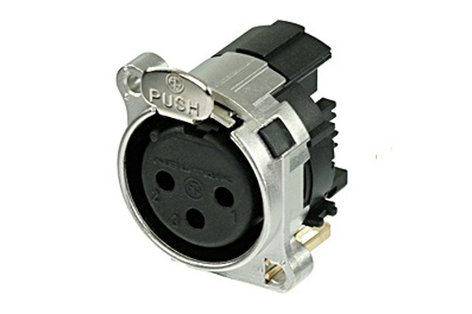maty
Major Contributor
This morning I received a long and neat email from Tibor (Apollon owner), with a diagram and many photos. I think it is the first time that we share correspondence or maybe time ago, respect the ICEpower 1200AS2.
Compare yours with the Mola Mola in terms of connection and so on. I had no doubt, except for the one regarding the "pin 1 problem" mentioned and that it is not possible to appreciate in the photo, which has been taken into account, as expected, in other words, it is not a problem.
And, of course, Tibor denies any RF/EMI interference problems.
For that of privacy in communications I do not reproduce the content. A small screenshot so nobody doubts. If someone else has doubts he can write a mail or ask that the previous e-mail be forwarded to him.
This thread is about another manufacturer, so it is quite logical that he does not want to comment on it, I say.

Compare yours with the Mola Mola in terms of connection and so on. I had no doubt, except for the one regarding the "pin 1 problem" mentioned and that it is not possible to appreciate in the photo, which has been taken into account, as expected, in other words, it is not a problem.
And, of course, Tibor denies any RF/EMI interference problems.
For that of privacy in communications I do not reproduce the content. A small screenshot so nobody doubts. If someone else has doubts he can write a mail or ask that the previous e-mail be forwarded to him.
This thread is about another manufacturer, so it is quite logical that he does not want to comment on it, I say.

Last edited:



:format(jpeg):mode_rgb():quality(90)/discogs-images/R-4913987-1379439285-6362.jpeg.jpg)

